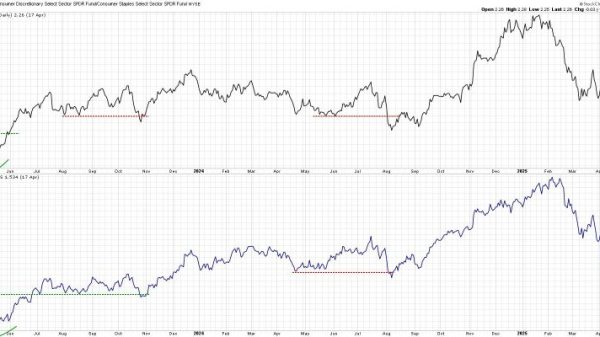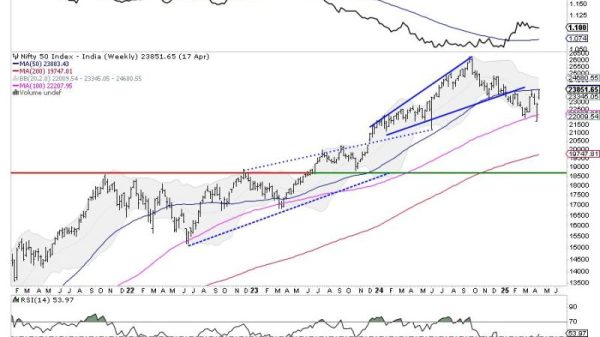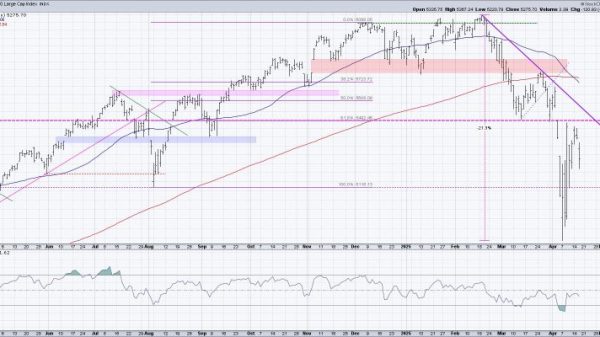In a time where social media platforms are under increasing scrutiny for data privacy and security concerns, the use of apps like TikTok on government devices has become a subject of debate. Specifically, the decision by Minnesota Governor Tim Walz not to call for a ban on TikTok on government devices has drawn attention, especially considering that over 75% of other states have implemented such bans.
One of the key reasons behind Governor Walz’s decision is likely the complexity of the issue and the need to balance security concerns with practicality. While there is no denying the potential risks associated with using TikTok and other similar platforms on government devices, outright bans may not always be the most effective solution. Instead, Governor Walz may be exploring alternative strategies to mitigate the risks while still allowing for the use of such apps when necessary.
It is worth noting that TikTok has faced significant scrutiny due to its Chinese ownership and potential ties to the Chinese government. Concerns have been raised about data privacy and potential security threats posed by the app, leading some countries and organizations to ban or restrict its use. However, the situation is not always black and white, and a nuanced approach is needed to address the complexities of the issue.
Governor Walz’s decision not to call for a TikTok ban on government devices may also be influenced by considerations of accessibility and functionality. In a world where technology plays a critical role in government operations, outright bans on popular apps could hinder productivity and communication. Finding the right balance between security and usability is a challenge that many government officials are grappling with in today’s digital age.
Overall, the decision by Governor Tim Walz not to call for a ban on TikTok on government devices underscores the complexities involved in addressing security concerns in the realm of social media. While the risks associated with apps like TikTok are real and should not be ignored, finding effective solutions that strike a balance between security, usability, and privacy is crucial. As technology continues to evolve, policymakers will need to adapt and refine their approaches to ensure the safe and secure use of digital tools in government operations.


































